Centralized heating systems in a private or multi-apartment building are quite autonomous, but periodically they need maintenance, such as cleaning and replacing seals. Residents of apartment buildings do not have to worry about the timely flushing of the heating system, as utilities are involved in this, but the owners of private houses have to resolve this issue on their own. You can always call a professional, but after reading this article, you will be able to cope with this rather difficult task yourself.
Why do I need to flush the heating system?
The difficulty of flushing the heating system at home lies in following some rules, so it can be easily handled by familiarizing yourself with them. To understand how to properly clean, first you need to figure out why it is needed at all.
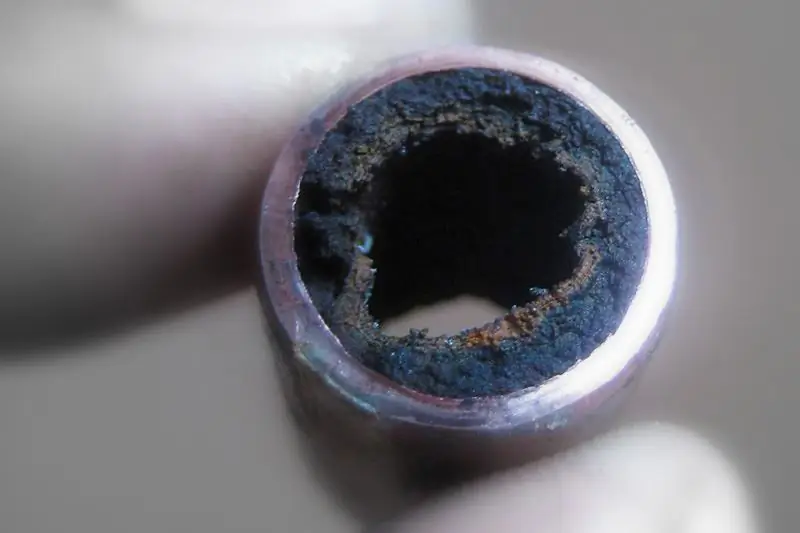
Any heating system where the coolant is plain water needs timely cleaning. The fact is that the use of a heating system involves pouring purified water, but (as practice shows) in private systemsHeating uses plain water from the water supply, which contains a high concentration of magnesium and calcium s alts deposited on the pipe walls. This leads to a decrease in the energy efficiency of the heating system, since the sediment significantly reduces heat transfer, for example, 1 mm of s alt can reduce the efficiency by up to 10%. Either you will heat the water more, spending additional electricity or gas, or sit in a cold room.
It is also worth saying that heating systems without timely cleaning serve much less. This is due to the fact that the accumulated sediment can lead to blockage of pipes or freezing of water inside them in winter. Such consequences of refusing to flush the heating system lead not only to the destruction of pipes, but also disable the heating boiler.
How often should the heating system be flushed?
It is almost impossible to determine the specific time intervals at which it is necessary to flush the heating system, because the rate of sedimentation on the pipes depends entirely on the amount of impurities in the water. However, if you notice one of the following signs, then you can safely conclude that the system needs to be flushed.

Signs of blockage in the heating system:
- radiator warms up unevenly;
- crackling is heard when the boiler is heating up;
- rooms take longer to warm up than before;
- boiler power is decreasing;
- the cost of the coolant (water) is increasing.
Setflushing methods
There are many different ways to flush. The most convenient are methods that do not involve disassembling the entire system. Such cleaning will be no less effective, but will save your time and effort.
The most common ways to flush the system without dismantling:
- chemical;
- dispersed;
- hydropneumatic flushing of the heating system.
Next, we will analyze each method in more detail.
Chemical flush
Chemical flushing is one of the most convenient and fastest methods, but you need to be extremely careful with the active reagent. The principle of operation of the mixture is as follows: the active substance circulates along with water through the heating system and breaks down the slag. After that, the water is drained from the system along with impurities.
The main disadvantage of this method is the toxicity of the active substance. Before use, it is necessary to check the tightness of the entire system, and also to avoid vapors when pouring into the boiler. It is also recommended not to use chemical solutions to flush systems with aluminum radiators, as the solution may damage them.

How to use:
- Choose the chemical composition. Often, the packaging indicates various parameters of heating systems to which this reagent can be applied. Follow them strictly so as not to damage the pipes or the radiator.
- The purchased liquid for flushing the heating system must be diluted in water. Typically, the proportions of water and chemical are10:1, but be sure to specify this on the product label.
- Next, you need to pour the resulting solution into the heating system and turn it on.
- Wait the time necessary for the reagent to work and drain the solution from the system. The waiting time may be indicated on the packaging, but be aware that it may also depend on the degree of blockage in the pipes.
Disperse washing
Disperse washing is very similar to chemical washing, but is much safer. The active substance is also a chemical reagent, but it only reacts with deposits, completely ignoring the metal. Penetrating into the s alt, it splits it into small particles and allows it to be excreted along with water.
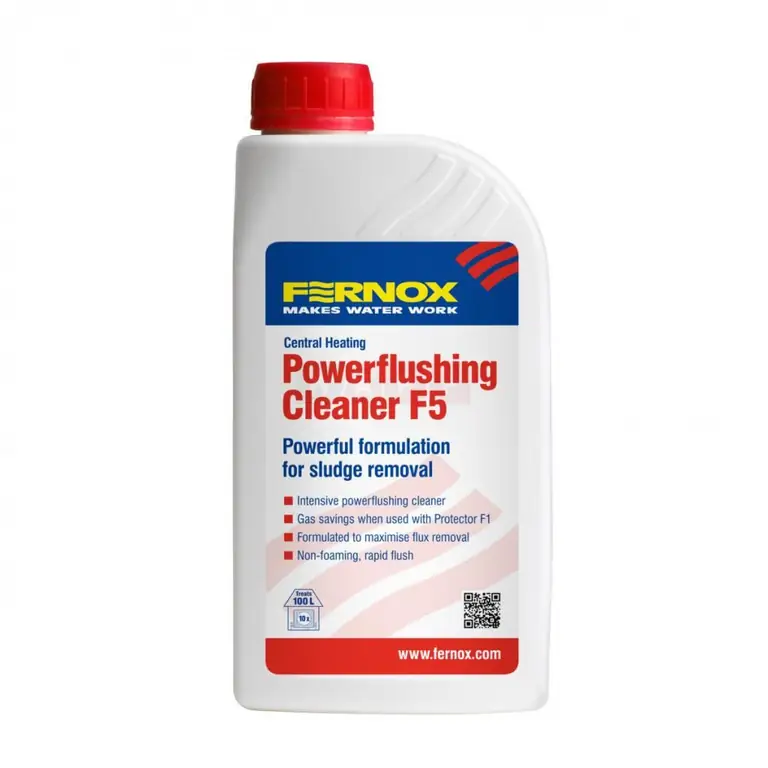
Dispersive washing also has a number of other advantages:
- Safe for humans and the environment.
- The result is better than simple chemical treatment.
- Creates a hydrophobic film on pipe walls.
- Can flush heating systems of any material.
- Does not harm the heating system at all.
Separately, it is worth talking about the hydrophobic film. This is a special coating of the inner wall of pipes and radiators, which allows you to create the effect of a plastic pipe that does not retain various s alts. So you will save your system from deposits for the next 2-3 years. Also, the hydrophobic layer will improve the hydraulic performance of the system, thereby increasing its efficiency.
Both chemical and dispersion methods can be used inheating season without changing the coolant temperature.
Hydropneumatic flushing
Speaking of this method, it is worth immediately identifying the main disadvantages:
- Flushing is desirable to carry out in the non-heating season.
- You will need special equipment to work.
- Work takes significantly more time and effort than chemical flushing.
In defense of the method, it is worth saying that sometimes it can be much more effective, but if the ratio of the result and the time spent is important to you, then it is better to give preference to dispersed processing.
The basis of this method is the supply of air under pressure, however, the supply can be carried out in different ways: in pulses and constantly. Let's analyze each method in detail.
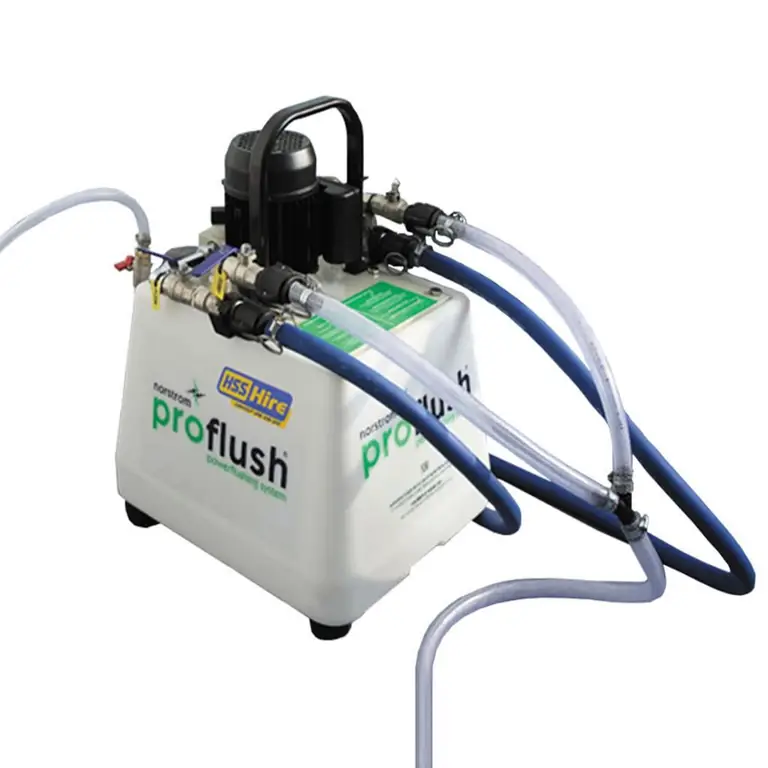
Pulse hydropneumatic flushing
Such a hydropneumatic flushing of the heating system is performed by supplying water-air pulses to the system, which create turbulences inside the pipes and radiators that destroy and remove sludge.
Don't be afraid of high blood pressure. The main power of the shock wave falls on the sediment, which makes it possible to apply this method even with old heating systems.
You will need special equipment to work:
- compressor for flushing the heating system;
- airgun;
- drain hose;
- radiator plug with ball valve;
- switch;
- rubber hose.
Action Plan:
- Drain fromcoolant systems.
- Connect the pneumatic gun through the ball valve, from which the drain hose also leaves through the ball valve.
- Attach the compressor to the gun. You can use a hand pump to flush heating systems, but the gun must allow this.
- Inflate the gun with air at a pressure of about 15 atmospheres.
- Fire the shot by depressurizing the system.
- After 3 seconds, open the drain hose and drain the dirt.
- Repeat the procedure until the drained water is clear.
Using this method, you will have to partially disassemble the system, since the power of the gun is only enough to clear 50 meters.
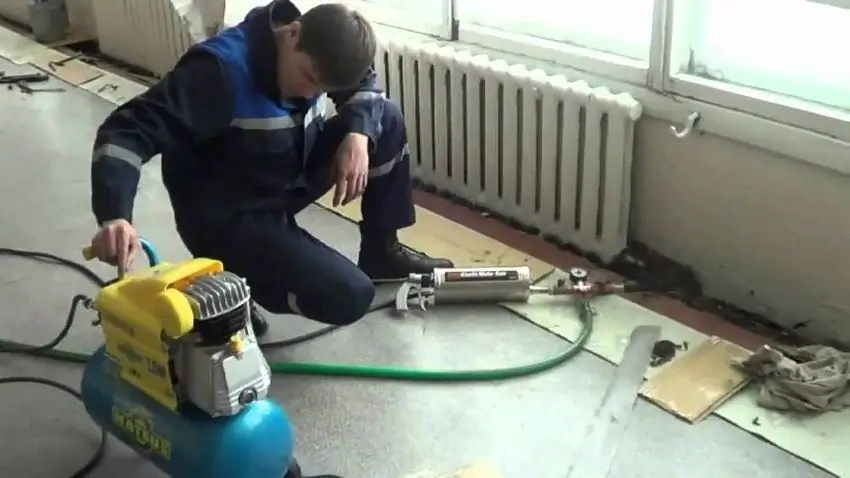
Professional hydropneumatic cleaning
This cleaning is done without the use of an air gun, but it will require a professional pump to flush the heating systems. The compressor must constantly supply air and water at high pressure to the system, creating a lot of turbulence. The price of such a compressor will be quite high, so you should limit yourself to the previous method if you are not going to do this on a professional basis.
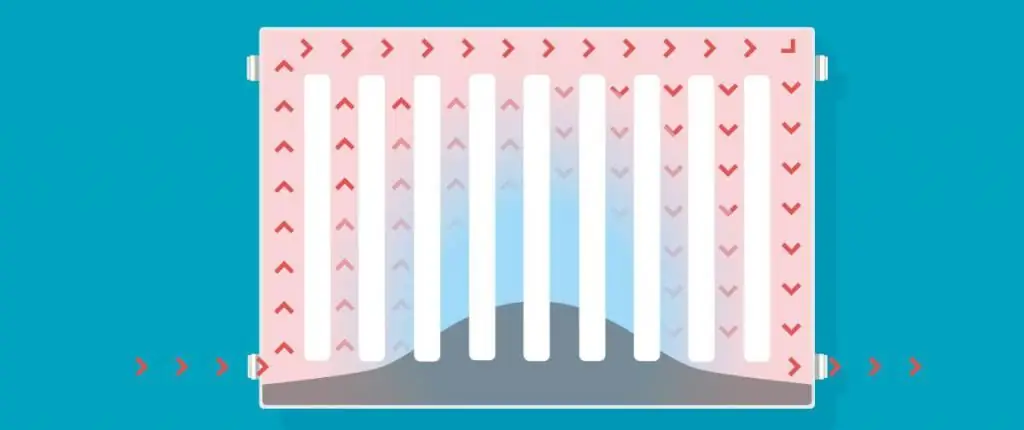
To clean your heating system in this way, we recommend hiring a professional without spending money on special equipment to flush the heating system.






